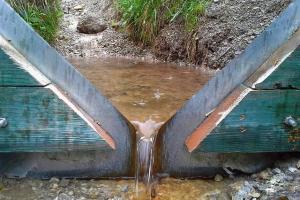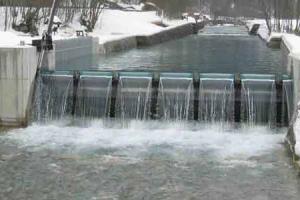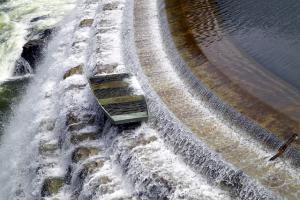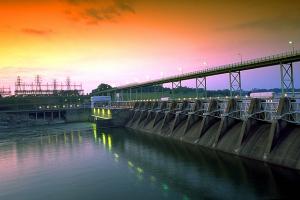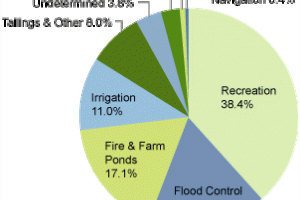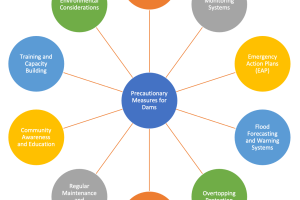Design of Dam Filters
Terzaghi's Rules for Design of Dam Filters
Dam filters play a crucial role in the overall stability and functionality of embankment dams. These filters are designed to control and manage seepage through the dam structure, preventing erosion and maintaining the long-term integrity of the dam. In this article, we will explore the significance of dam filters and discuss Terzaghi's rules, a set of principles established by renowned geotechnical engineer Karl Terzaghi, which guide the design of effective dam filters.
The Importance of Dam Filters
Seepage through embankment dams can lead to numerous problems, including internal erosion, piping, and potential dam failure. Dam filters serve as a protective layer that allows controlled seepage while preventing the migration of fine soil particles. They facilitate the dissipation of excess pore water pressure and provide a stable pathway for water flow, reducing the risk of internal erosion and ensuring the dam's long-term stability.
Terzaghi's Rules for Designing Dam Filters:
Karl Terzaghi, often regarded as the father of modern soil mechanics, formulated a set of principles that have become fundamental guidelines in the design of dam filters. These rules focus on achieving the desired hydraulic properties and particle size distribution within the filter system. Here are Terzaghi's key principles:
1. Terzaghi's First Rule:
The first rule states that the effective size of the filter material should be smaller than half the size of the soil particles it intends to retain. This principle ensures that the filter material is sufficiently finer than the adjacent soil, preventing the migration of fine particles and ensuring the filter's ability to retain its intended function.
2. Terzaghi's Second Rule:
The second rule emphasizes the need for a well-graded filter material. The filter should consist of a range of particle sizes, from coarse to fine, providing the desired hydraulic conductivity and particle retention characteristics. A well-graded filter prevents the formation of preferential flow paths and the loss of fine particles, ensuring effective filtration and stability.
3. Terzaghi's Third Rule:
The third rule focuses on the thickness of the filter layer. According to Terzaghi, the thickness of the filter should be at least two to three times the maximum particle size of the adjacent soil. This ensures that there is an adequate volume of filter material to accommodate settlement, prevent clogging, and maintain the hydraulic functionality of the filter.
4. Terzaghi's Fourth Rule:
The fourth rule suggests the use of filter zones with progressively finer material from the upstream to the downstream side. This gradation ensures a gradual reduction in pore water pressure and minimizes the potential for particle migration. The finer filter material at the downstream side provides an additional barrier against soil erosion and enhances the overall performance of the filter system.
Application of Terzaghi's Rules:
Terzaghi's rules provide a comprehensive framework for designing efficient and reliable dam filters. By adhering to these principles, engineers can ensure that filters are capable of controlling seepage, preventing internal erosion, and maintaining dam stability. The rules guide the selection of appropriate filter materials, gradation, thickness, and placement within the dam structure.
Modern Advances and Considerations in Design of Dam Filters
While Terzaghi's rules continue to form the basis for filter design, advancements in geotechnical engineering have led to refinements and variations in filter configurations. New materials, such as geosynthetics, have been introduced to enhance filter performance and increase longevity. Additionally, site-specific conditions, such as soil characteristics, hydrological factors, and dam geometry, must be considered to optimize filter design.
Dam filters are vital components in ensuring the stability and longevity of embankment dams. Terzaghi's rules provide fundamental principles for designing effective filters, considering the particle size distribution, thickness
Perform sieve analysis test on the material from dam body and filter base materials and draw gradation curve for both.
- D15 (f) / D85 (s) < 5
- D15 (f) / D15 (s) > 4 upto 20
- D50 (f) / D85 (s) > 25
- Filter material should be well graded
- Gradation curves for both materials should be approximately parallel
- All materials should pass sieve of 3" and not more than 5% passing sieve no. 200



